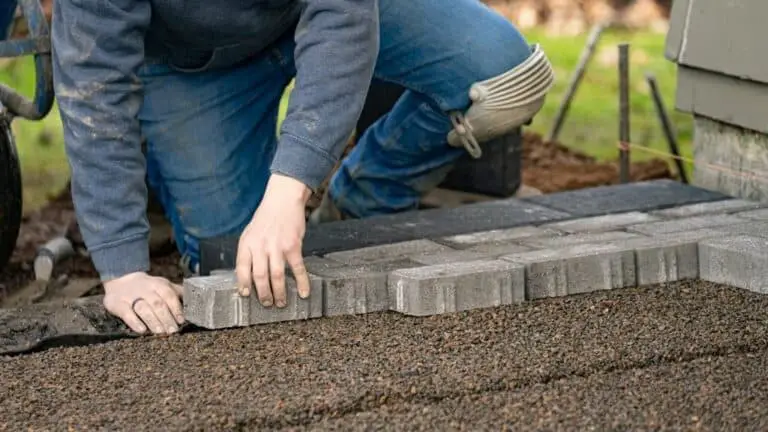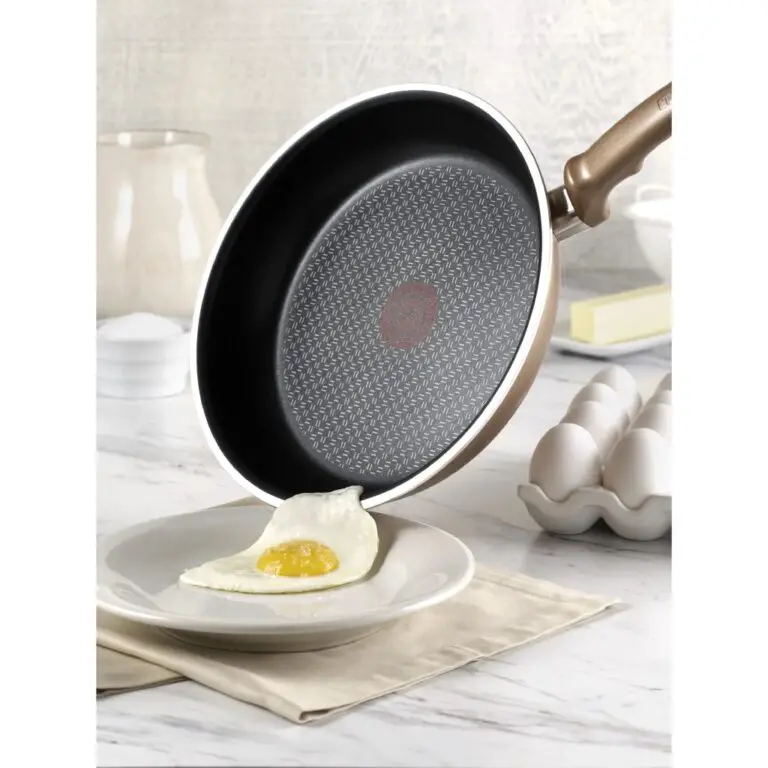How to Use Metal Plating Peroxide: A Step-by-Step Guide

If you’re venturing into the world of metal plating or just looking for ways to elevate your DIY projects, then you’ve probably heard of metal plating peroxide. For those of us who aren’t exactly experts in the field, it can sound a little like something out of a chemistry lab, but trust me, it’s far more approachable than it might seem. In fact, using metal plating peroxide can bring a new shine to your projects, enhancing the surface finish and providing a durable protective layer.
In this guide, I’m going to walk you through everything you need to know to safely and effectively use metal plating peroxide in your own work, whether you’re a hobbyist or a pro.
What is Metal Plating Peroxide?
Before jumping into the how-to, let’s clarify what we’re working with. Metal plating peroxide is a chemical solution primarily used in the process of electroplating. Electroplating involves applying a layer of metal onto a conductive surface by using an electric current. Metal plating peroxide, in this case, acts as a catalyst that helps in the deposition process of metals such as nickel, copper, or gold onto a substrate.
The peroxide part? It’s essentially used to oxidize certain metals to help them bond more effectively to the surface you’re plating. Think of it as the “secret sauce” that makes everything stick together better and shine brighter. But of course, like any good recipe, you’ll need the right ingredients and proper technique to get it just right.
Why Use Metal Plating Peroxide?

You might be asking yourself, why should you bother using this chemical in the first place? Let me tell you why it’s worth considering:
1. Enhanced Finish
Metal plating peroxide helps produce a smoother and more consistent finish, giving your metal surfaces a polished, professional appearance.
2. Increased Durability
When used correctly, this peroxide solution can also improve the longevity of your metal pieces, adding an extra layer of protection that resists corrosion.
3. Versatility
It’s not just for experts or industrial use. Whether you’re restoring old jewelry or working on automotive parts, metal plating peroxide can be applied to a variety of projects.
Now that you have an idea of why you’d want to use it, let’s jump into how exactly to use it in your metal plating endeavors.
Step-by-Step Guide to Using Metal Plating Peroxide
Ready to dive in? Here’s how to use metal plating peroxide in a way that’ll make your metal projects shine.
Step 1: Gather Your Materials
Like any good craftsman, you’ll want to ensure you have everything you need before starting. Here’s a checklist of supplies:
- Metal Plating Peroxide (obviously!)
- Plating solution (nickel, gold, silver, etc., depending on your project)
- Electroplating kit (includes anodes, wires, and power source)
- Protective gloves and goggles (safety first!)
- Cleaning solution (such as a degreaser or acid cleaner)
- Distilled water
- Plastic container (non-metallic)
Having your materials ready ensures you won’t be scrambling halfway through your project. Trust me, it makes the whole process smoother.
Step 2: Clean the Surface
This might seem like a no-brainer, but it’s easy to overlook. The metal surface you’re plating must be clean and free of contaminants like dirt, grease, and old coatings. Any grime left on the surface can prevent the plating solution from adhering properly, leading to poor results.
Here’s how I clean my metal:
- Soak the metal in a cleaning solution (I use a mild acid cleaner or degreaser) for about 10-15 minutes.
- Scrub gently with a soft brush to remove any dirt or oils.
- Rinse thoroughly with distilled water and dry the metal completely with a clean cloth.
A clean surface is your blank canvas, so don’t rush this part. It’s crucial to ensure a strong bond between the metal and the plating solution.
Step 3: Prepare the Electroplating Solution
Next up: mixing the plating solution. This is where you’ll combine the metal plating peroxide with your metal plating solution (like nickel, copper, or silver). Follow the manufacturer’s instructions for the right ratio—each solution can differ slightly.
Here’s a typical process:
- Fill a plastic container with your chosen plating solution, leaving some room at the top.
- Add the metal plating peroxide in the recommended amount. Be sure not to go overboard; a little goes a long way.
- Stir the mixture gently with a plastic stirring stick. Avoid using metal utensils, as they could affect the chemical reaction.
At this point, the solution should be ready to go. Double-check the solution’s temperature, too. Many metal plating solutions work best at specific temperatures (usually between 90–100°F or 32–38°C). If it’s too cold or too hot, the plating process won’t work properly.
Step 4: Set Up Your Electroplating Kit
Now that the solution is prepared, it’s time to set up the electroplating kit. This kit will consist of an anode (the metal that will be plated onto the object), a power source, and the metal object you’re plating.
- Attach the anode to the power supply. This is the metal that will be dissolved into the solution and plated onto the object.
- Connect your metal object to the cathode (the negative side of the power supply). This is the surface that will receive the metal plating.
- Submerge your object in the plating solution. Make sure it’s fully submerged but not touching the anode.
Now, set the power supply to the correct voltage for the solution you’re using. It’s usually around 2-6 volts, depending on the solution and the metal.
Step 5: Begin the Plating Process
Once everything is hooked up, you’re ready to begin plating. Turn on the power supply and let the plating process take place. The metal will start to deposit onto your object. Depending on the thickness of the plating you want, you can let it run for anywhere from 30 minutes to a few hours.
During this time, you’ll notice the metal slowly building up on the surface. Keep an eye on the process to ensure everything is going smoothly.
Step 6: Rinse and Dry
Once the plating is complete, turn off the power supply and carefully remove your object from the solution. Rinse it thoroughly with distilled water to remove any excess plating solution. After rinsing, gently pat it dry with a soft cloth.
To finish it off, you can polish your plated object with a microfiber cloth or metal polish to bring out its shine.
Troubleshooting Common Issues
Even the most seasoned pros run into hiccups from time to time. If things aren’t going as planned, here are a few common issues to watch out for:
Uneven Plating
This usually happens when the voltage or current isn’t set correctly. Try adjusting the settings on your power supply and see if it helps.
Poor Adhesion
If the plating isn’t sticking, it might be due to improper cleaning or contamination. Be sure to thoroughly clean the surface before plating.
Dark, Dull Finish
If the finish is too dark or dull, you might need to adjust the solution or add more metal plating peroxide. It could also be a sign that the solution is too cold.
Conclusion
Using metal plating peroxide doesn’t need to be daunting, especially if you take it step by step. Once you get the hang of the process, it’s a rewarding way to enhance your metal pieces, whether you’re restoring old items or creating new, shiny projects. With a little patience, practice, and the right tools, you can bring a new luster to your work, making it look like you had it professionally plated.
So, go ahead, mix up that solution, plug in your electroplating kit, and let the transformation begin!






